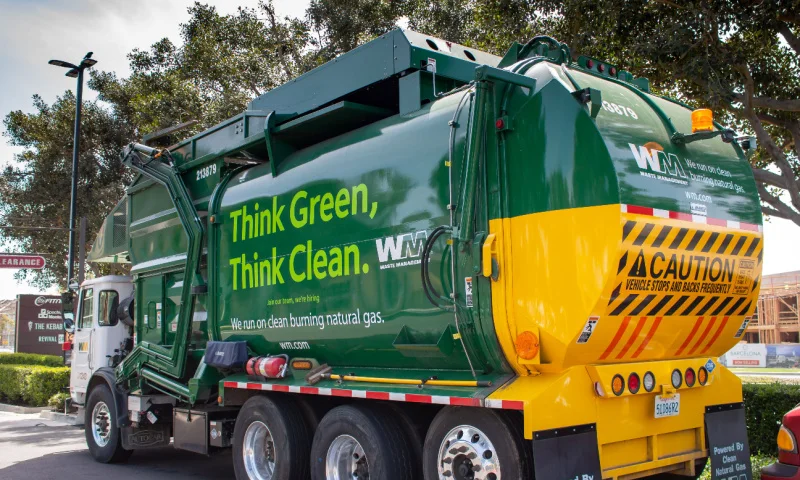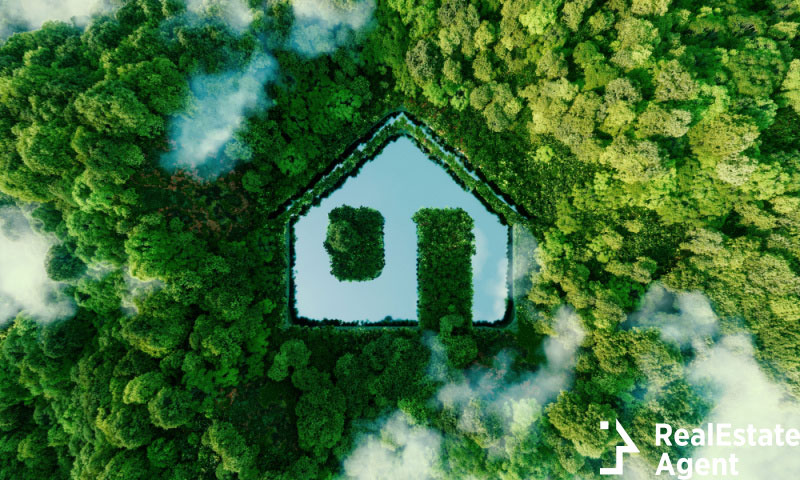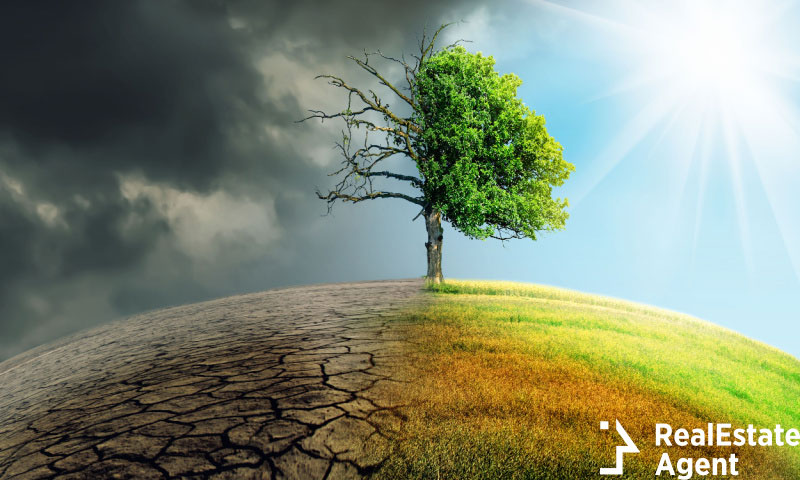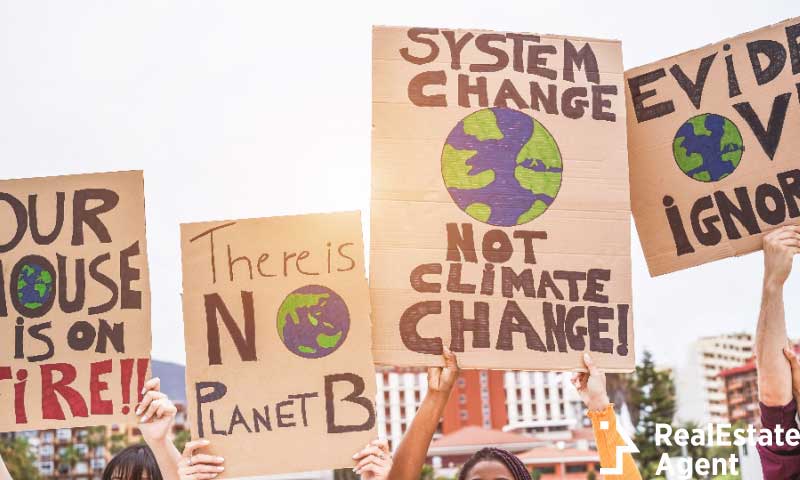When we think about the future, what is it that we imagine? Do we see flying cars, areas that are in disarray, and parts where the air is barely breathable, hence the need for flying cars? If that is the truth then that is the future if environmental planning is taken out of the equation. Fortunately, however, environmentalists and sustainability advocates won’t allow that to happen.
A world without environmental planning is taking sustainability out of the formula. While there have been many development projects in the past that did not account for the environment, that has changed and we will see more and more advocates using their voices and having a say in how development occurs from now on. But first things, first …
What is Environmental Planning?
While environmental planning is a new field of study, it aims to connect the concerns of environmentalists with the practice of urban planning. These are issues like air and water quality, micro and macro-climatic conditions, and how they affect the area, flora, fauna, and their relation with the built environment. In other words, this relatively new area of specialization in Urban and Regional Planning helps acknowledge how developmental planning affects the environment in which it takes place and how to limit the negative impact it has on it. By acknowledging the need for a prosperous natural environment, environmental planners aim to mold urban planning to adhere to issues of sustainability, for example, by using eco-friendly materials instead of harmful ones.
Evolution of Environmental Planning
Throughout most of human history, humans had a natural equilibrium with the environment. Through various means, we as a species were able to change the course of rivers, develop irrigation systems, change grassland coverage to maintain stocks, all done to meet our needs. We could navigate, drink water, create natural protection, grow food around the home all with the help of the environment and with no harm brought to it. However, we started to ignore the environment in the middle ages.
The 1970s brought about the idea that nature and the environment are basic human values and should be protected against development. The 19th-century focused on the environment from a public health perspective. Diseases became a serious issue, with typhoid, malaria, cholera, dysentery epidemics affecting the vastly populated areas. Only then did people make the connection between the way we treat the environment and the way the environment reacts or is impacted by our treatment.
The last stage in the evolution of environmental planning was the conservation moment as more and more land was used by developmental activities. Across the globe, this movement led to National Parks, Natural Preserves, and Forest Services being established. Because of this land-use planning included an ecosystem evaluation to determine the carrying-capacities of the soil, how sustainable land use was for any given area and environmental sensitivity was applied to the planning stages of developmental projects.
Urban Growth versus the Environment
When settlements started developing, the needs of the inhabitants were a priority and the most necessary resource was water. Because of that, many settlements were located along rivers or bodies of water. Even before the discovery of the New World, settlements or cities located close to a water source grew exponentially faster than those further away from lakes or rivers. When America was colonized as explorers reached the eastern coast of the new world, the first colonies were established on the coast. This effect can be seen even today.
The downside of this is that the rapid growth of these cities resulted in more land assigned to development and less to the environment. The way in which these cities grow leaves little to no thought for the urban environment. In areas across the US coastline, we can already see the effects as wetlands are shrinking, mangroves are disappearing and forests are cut down to make way for development. Without wetlands, mangroves, and forests which work as a natural barrier to protect an area, other environmental assets are also lost, exposing these cities to floods, storms, cyclones, and rising sea levels. This can already be seen on the East Coast.
What is the Environment?
The environment works as a machine made out of different elements that all work together. And just like any other machine, if a screw falls, it can damage the process. While it won’t instantly break, that fallen screw can be just one piece of the domino. Then another falls and soon, a cascade of failing systems can break the whole machine.
The environment isn’t made out of screws. Several ecosystems are comprised within the environment and while each ecosystem provides habitat for various flora and fauna, if one of them fails, it will affect other ecosystems as well. Economy-based planning projects often overlook these consequential screws, which is why ecosystem valuation was implemented through Environmental Impact Statements (EIS) and Environmental Impact Assessments (EIA). This type of evaluation looks at all the different ecosystems and how they benefit society.
Waste management is the biggest issue encountered by cities today and a lack of planning can affect the lives of the communities living there. Without landfill sites, waste can lead to soil pollution that alters the characteristics of the soil by making it less fertile and water pollution through water-borne diseases. There are many countries around the world fighting the war against pollution and the US is taking steps in that direction as well.
It’s important to note that these issues don’t only affect one city or area, but the whole planet. They affect the atmosphere, changing air quality, rainfall patterns, global on-land, and in-water temperatures. We can see the proof on the news almost every day with fires in California, hurricanes in the Gulf of Mexico, floods in New York, extreme heat in Alaska, or other so-called Acts of God. But why is environmental planning so important?
Elements and Aspects of Environmental Planning
Any type of planning needs to focus on various aspects of the area affected. All the aspects involved need to work together in order for the plan to be effective. Urban planning encompasses all the elements that can have an impact on that urban setting and deals with the PEST (political, economic, social, and technological) analysis.
- Social & Economic Development
- Urban & Regional Development
- Management of Natural Resources and Demography
- Infrastructure & Finance
- Urban Management & Government
However, when it comes to environmental planning, even if it is done for a small area like a city, it covers a much larger area and we look at the PESTLE (politic, economic, social, technological, legal, and environmental) analysis. This occurs simply because the ecosystems of the environment work together. Small area environmental planning can be limited to standards set in place and immediate steps that are implemented, but it can extend even to an international level, and it should. Issues such as carbon emissions, greenhouse gas emissions, forest cover & conservation, ozone depletion, and implementation of renewable green energy are all elements pertaining to environmental planning. If planners want to take into account the environmental effect of a project and environmental protection, impact analysis is necessary. For example, while solar roof technology is a great alternative energy source, implementing it needs analysis of sun patterns, ensuring the home’s position maximizes the solar’s potential.
Why is Environmental Planning a Focus?
Environmental planning focuses on discovering the ways through which communities can attain sustainable development. This can be done through a thorough analysis of the resources available and establishing the means to use these resources without affecting the ecosystem but improving human life at the same time. The aquaponic systems are both sustainable and efficient making them a great way to create energy without harming the environment.
In the US environmental planners work close together with the Environmental Protection Agency. They explore the symbiosis between humans and the environment and aim to discover a way to improve this without compromising each of them. As our modern lifestyle has an increasing impact on the environment, the study of environmental planning is drawing more interest and gaining popularity. There are already communities or families that choose to live off the grid, many of which think about the environment and our impact on it. Unlike urban planners where real estate developers face environmental threats in many aspects of their job, environmental planners add sustainability as a focus for any type of development.
Conclusion
When we look at the world today, the buildings within our cities, the rivers, and canals that run through them, the trees that provide shade, or the wildlife that we can marvel at, can all be attributed to development planning. All those elements mentioned are necessary for human life and with environmental planning, we won’t only use them to our advantage but conserve them and make our environment more sustainable. A city with a higher percentage of green spaces will have cleaner air. Areas populated with pollinators will ensure a thriving flora and fauna. We need to maintain this equilibrium and even tilt it more towards the benefit of the environment if we want a more sustainable way of life. One thing that mankind needs to acknowledge no matter how uncomfortable or far-fetched it might sound. The environment doesn’t need us to thrive, but we are dependent on it to survive. Until we give the environment the respect it deserves, environmental planning needs to be a focus for city planners everywhere.
Let us know in the comments below if there is anything more you might be interested in finding out about environmental planning and its purpose. Like & Share this article with friends and family because greener cities are for the benefit of everyone pertaining to society.














